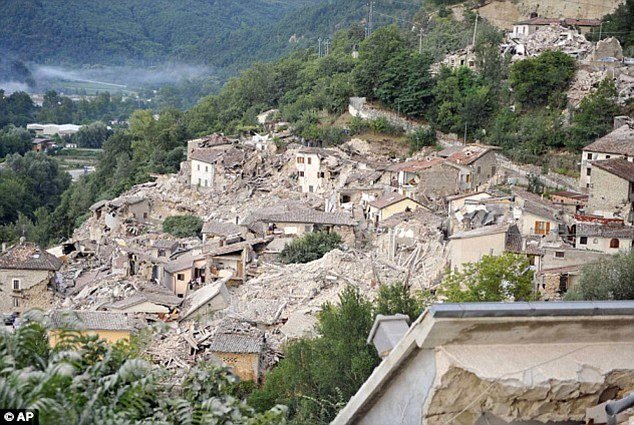
But according to a new study, the damage can be spread far further by triggering a tidal wave of aftershocks on other faults elsewhere.
A large earthquake on one fault can trigger large aftershocks on separate faults within just a few seconds, scientists discovered.
Scientists at Scripps Institution of Oceanography at the University of California San Diego discovered previously unidentified aftershocks that happened within minutes of big earthquakes.
The discovery is important for the safety of earthquake-prone regions like California - where ruptures on complex fault systems like the San Andreas fault may lead to mega-earthquakes.
In the study, published in the journal Science, geophysicist Professor Peter Shearer and graduate student Wenyuan Fan discovered 48 previously unidentified large aftershocks that occurred between 2004 and 2015.
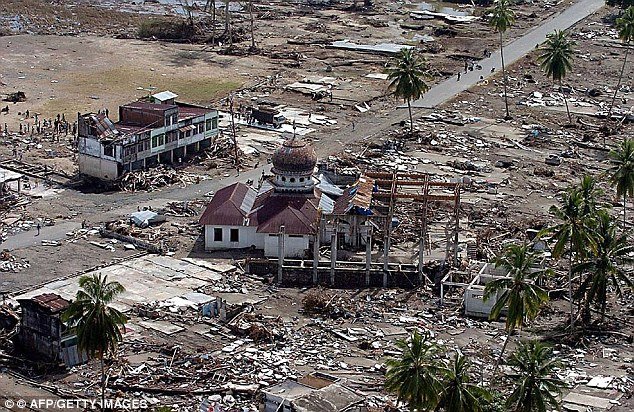
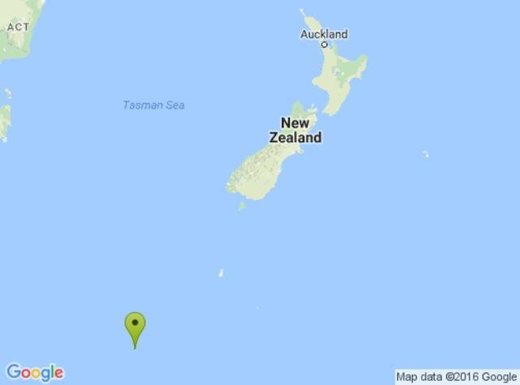
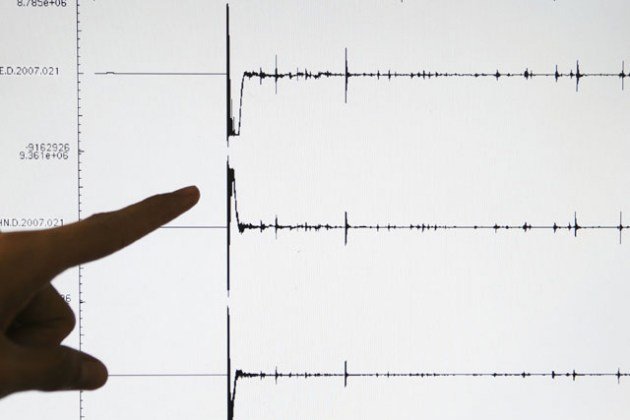
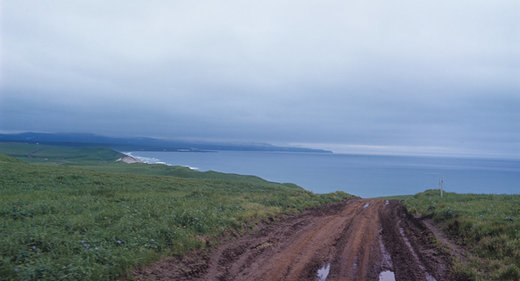
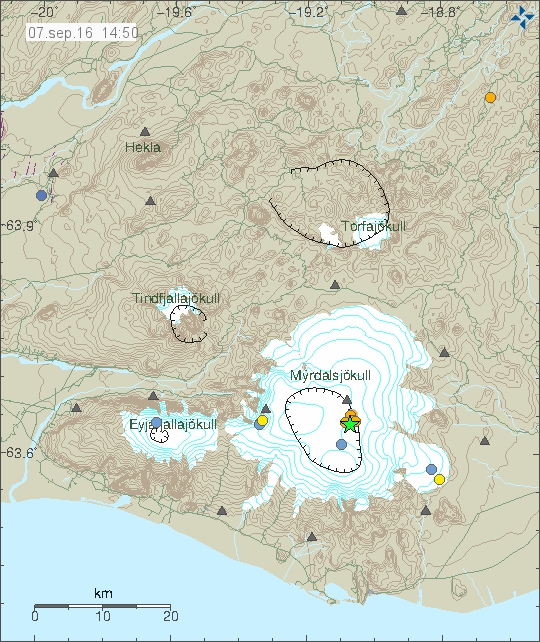
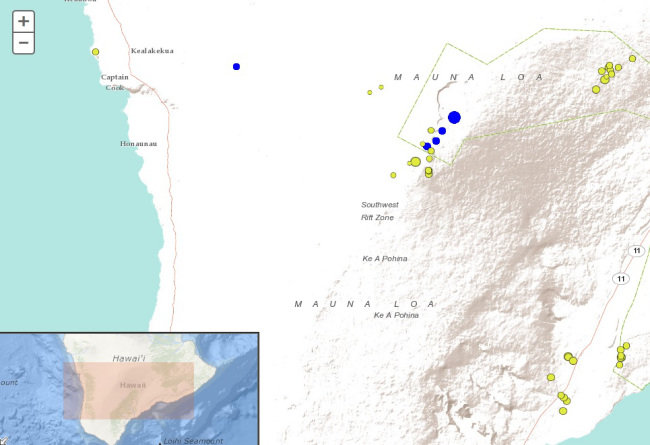
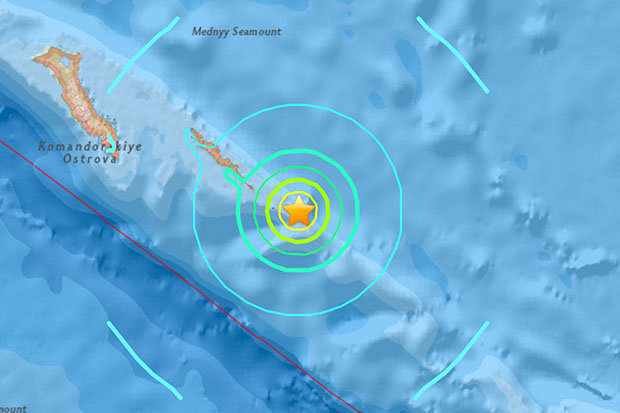



Comment: From USGS: "The U.S. Geological Survey is updating the official magnitude of the September 3, 2016 Pawnee, Oklahoma earthquake to Mw 5.8 (from 5.6), making it Oklahoma's largest recorded earthquake to date."